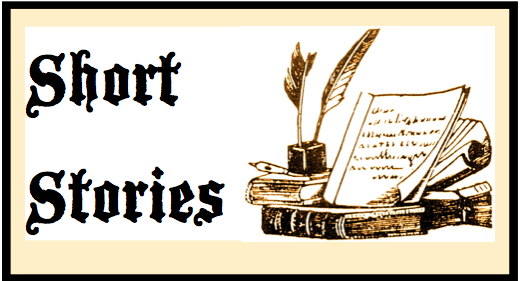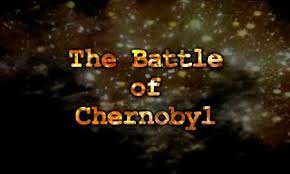Short Stories
Reading is subjective, and so are the tastes/genres of the same. A certain group of people prefer reading something that is simple, neat and short and that is when “Short Stories” come into the picture. Short stories are basically 1,000 – 2,000 words article, which keeps the reader engaged. Short Stories can be of various genres such as Horror, Fantasy, Crime, Humor etc. The art of “Short Story” writing is a gift but one can always build it. Some of the well known “Short Story” writers are:
- JD Salinger
- Stephen King
- Henry
- John Updike
- Edgar Allen Poe
- Shashi Deshpande
- Ismat Chugtai
- Mulk Raj Anand
- Ruskin Bond
- Amrita Pritam
- Rajinder Singh Bedi.
- Mridula Koshy
The most essential things in a short story are the following and these must be taken at most care of.
- Story’s Focus
- Narrative Style
- Time Line
- Point of View
- Punch
- Dialogues
- Place/s
- People
Key Elements of a short story
- Setting: Tells the reader where the story takes place.
- Characterization: Creating Imaginary people perhaps inspired by real life observations which are then believable characters that become REAL to the reader.
- The writer must therefore create, color and bring to life this/her characters by giving relevant information through the story. Characters drive the short story.
- Plot : A series of events through which the writer reveals what is happening to whom and why.
- Conflict :Is a problem in the story that must be resolved
- Climax: When the action comes to its highest point of conflict
- Resolution: The story’s action after the climax until the end of the story. The ‘conclusion’ of the story.
- Theme: The story’s main ideas. The message the writer intends to communicate by telling the story.
- Point of view: The position of the narrator of the story and what the reader sees from that vantage point.
Narrative- The art of story telling
- There are two types of narrative – fiction and non fiction
- A narrative is a story with characters and there is a definite plot line. A narrative normally has a beginning, middle and an end.
Focus of the Story
- Where is it from? Does it have a history?
- Describe it visually
- See and observe the Location
- The Actual
- The View
- The Feeling
- The Suppositions
- Seeing the CHARACTERS: Breathing Life into them
Bringing life into the characters is the most important thing. As they say, “The Devil lies in the Details”, so it does. A detailed description of the characters of the story helps the readers to have a deeper understanding of the plot and keeps them interested.
Punch line of the story
Actions & Reactions
Twists & Turns in the story
Emotional Tension between characters
Narrative Style
First Person Narrative:
Writer narrates the story through the main character. ‘I will never forget that cold winter morning as I walked into Harrods…’
Second Person Narrative: Tough style – more for NF
Writer narrates the story in present tense as own. ‘You find it hard to forget that cold winter morning as you walk into Harrods.’
Third Person Narrative:
Writer narrates the story as a storyteller. ‘It was a cold winter morning when the Iyers walked into Harrods. They would never forget it.’
Descriptive
An effective written description is one that presents a clear picture to your reader.
- A successful description uses vivid vocabulary, including colorful adjectives and figurative language.
- An interesting description attracts the reader’s attention.
- Imagery helps you picture how something:
* looks
* sounds
* smells
* tastes
* feels
Exposition
- Exposition is writing that informs or explains( How to essay)
- How to do something (“how to fly a kite”)
- How to make something (“how to make a kite”)
- How to improve a skill (“How to steer a kite”)
- How to achieve a desired effect (“How to do a desired trick with a kite”)
- Consider your audience





2 Comments. Leave new
Again, the blog has been very useful. The way of your writing has always pleased me.
Nice work.. pinpointing increases effect 🙂